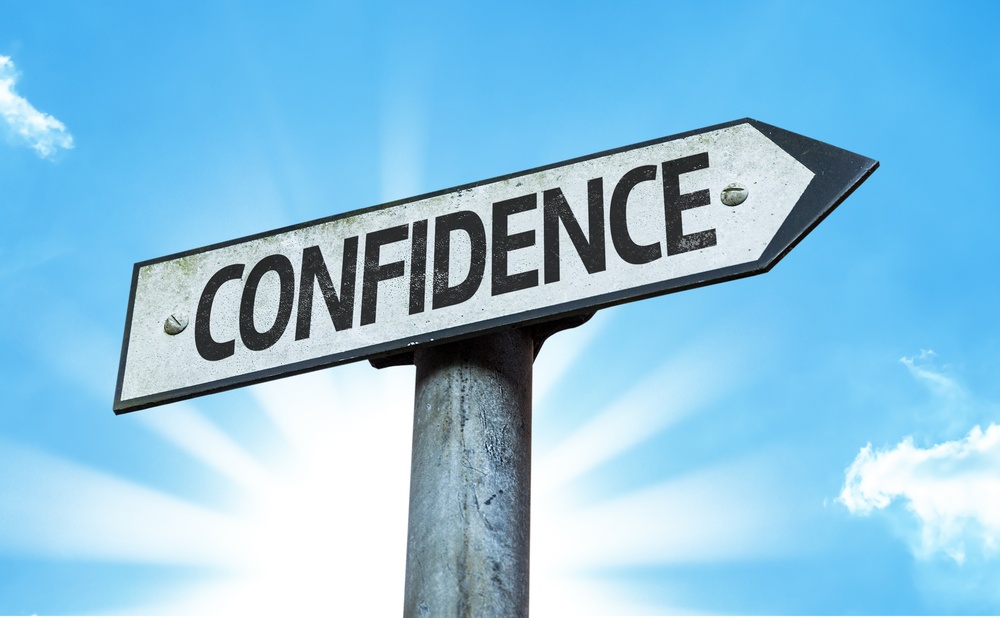
Math can sometimes feel like a huge challenge for young learners, which can lead to frustration, lack of motivation and overall not attempting to the work or questions,. However, with the right approach, it can become an exciting and enjoyable subject! Here are some strategies I’ve discovered that work well for making math fun for Year 2 students:
1. Maths based Games: Board and card games are excellent tools for introducing mathematical concepts like addition, subtraction, and multiplication in a fun, engaging way. For example, using UNO cards to demonstrate addition or subtraction can help students understand the concepts through play which can the be reciprocated into worksheet problems.
2. Hands-On Learning: Using everyday objects such as coins, highlighters, or stamps helps children visualise math problems. For instance, when a student struggled to understand counting money, we used real coins instead of pictures on worksheets. This hands-on approach made it much clearer, and the student was able to grasp the concept more easily before returning to the worksheets.
3. Story Problems: Turning math problems into stories that incorporate the student’s interests or hobbies makes them feel more relevant and fun. For example: “Cathy uses 3 grams of butter to make 9 cookies. How many cookies can she make if she uses 12 grams of butter?” Story problems like this help Year 2 students see math as an adventure, and can even be used as a tool to help students create their own questions and solve them.
4. Using Whiteboards: Many students enjoy the interactive nature of whiteboards. Using different colors and allowing students to come up to the board to answer questions boosts their motivation and encourages them to engage more with the material.
Daniella Antoun










